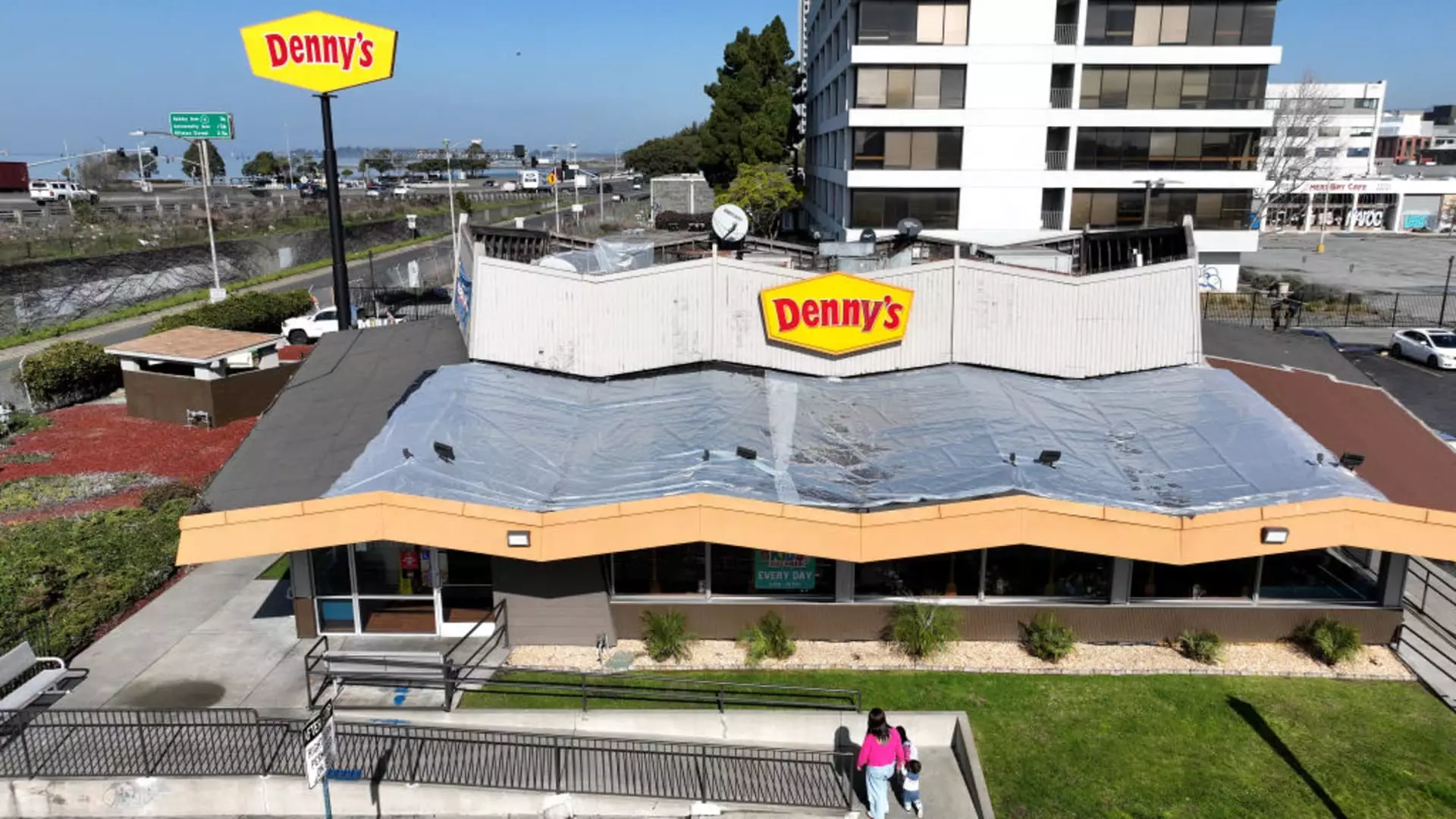The restaurant industry in the U.S. faced a tumultuous landscape in 2024, characterized by an alarming wave of closures across various prominent chains. This year’s hardships underscore the pressures on the food service sector as inflation impacts consumer behavior, leading many diners to prioritize value and affordability over indulgence in casual dining experiences. In a climate where consumer spending at restaurants has noticeably declined, the implications are profound — not only for individual businesses but for an industry that continues to grapple with challenges stemming from past economic downturns and shifting consumer preferences.
Consumer Behavior Under Pressure: The Impact of Inflation
As inflation looms large in consumers’ financial landscapes, spending habits have shifted dramatically. Economic uncertainty has led consumers to become more discerning about where and how they spend their money, resulting in reduced visits to restaurants over the last ten months of 2024. According to Black Box Intelligence, a market research firm that tracks the restaurant industry, the decline in restaurant traffic has significant ramifications for sales figures, ultimately triggering a spate of bankruptcies. The statistics are stark — 26 restaurant companies sought Chapter 11 bankruptcy protection this year, nearly tripling the filings seen in 2020, a time characterized by unprecedented pandemic-related challenges.
This economic downturn further burdens casual dining establishments, which have struggled to maintain their foothold amid the growing popularity of fast-casual dining models. Upstarts like Chipotle and Sweetgreen have captivated audiences with their emphasis on convenience and quality, drawing consumer interest away from traditional sit-down chains that were once staples of the American dining experience.
Highlighting the struggles within the industry, numerous well-known chains have implemented extensive closure strategies. Wendy’s, for instance, announced plans to close 140 underperforming locations by year-end 2024, on the heels of an additional 80 closures earlier in the year. The decision reflects a strategic move to eliminate outdated establishments that do not meet the company’s performance benchmarks. Despite these closures, Wendy’s remains optimistic about maintaining its overall restaurant count due to new openings planned for the upcoming year.
Similarly, Dine Brands, which oversees Applebee’s and IHOP, has faced growing challenges. The brand has indicated plans to shut down between 25 and 35 Applebee’s locations, a decision driven by declining same-store sales over the past six quarters. Unfortunately, Dine Brands’ closure strategy is not new; the company has consistently closed more locations than it has opened since 2016, with few exceptions.
The trend continues with Denny’s, which closed approximately 50 locations this year and anticipates shuttering an additional 100 by 2025. Despite its vast network of roughly 1,300 existing locations, the company has concluded that cutting underperforming sites will ultimately bolster overall sales figures and improve annual unit volumes. Like others in the industry, Denny’s hopes that these strategic changes will revitalize their business moving forward.
The ramifications of these closures extend beyond mere numbers; they also contribute to a broader narrative about the fragility of the restaurant sector. TGI Fridays recently filed for bankruptcy protection after closing 86 locations, reducing its footprint to approximately 160 venues worldwide. The impending decision from a Texas bankruptcy court will be crucial in determining TGI Fridays’ fate and signal whether more closures may follow.
Red Lobster’s story further illustrates the struggles within the industry. The seafood chain closed more than 120 locations prior to filing for Chapter 11 in May, aiming to realign its business strategy and operational efficiency. Such drastic measures illustrate how even long-standing restaurants are not immune to market pressures and changing consumer habits.
Looking Ahead: The Future of Dining Out
While the wave of closures and bankruptcies paints a sobering picture for 2024, it also opens a discussion about potential recovery strategies for the restaurant sector. Operators like Noodles & Co. and Bloomin’ Brands are reassessing their business models, with some chains announcing closures paired with menu overhauls in an effort to attract a renewed customer base.
As the industry evolves, stakeholders will need to focus on innovation and adaptability to regain consumer trust and spending. The path ahead may require an emphasis on providing unique dining experiences that align with consumer values centered around sustainability, health, and convenience.
In summation, the tumultuous year for the restaurant industry is a poignant reminder of the intricate relationship between economic conditions and consumer behavior. As brands navigate this challenging landscape, their capacity to adapt and innovate will be critical in determining their long-term viability and success in a continually evolving dining culture.

